Sales in the salad condiments sector, including salad cream, mayonnaise and salad dressings, have been stagnant, up only 0.3%, as companies struggle to add value to what is traditionally a low-margin category.
Yet despite slow growth, the sector remains the second biggest within the total sauces and condiments category, valued at £174.3m.
The sector has, however, benefited from an array of light and extra-light options that continue to hit shelves and from a number of brands adopting the popular top-down and squeezy formats. "Squeezy formats are driving value growth, particularly within mayonnaise, as shoppers seek convenient pack formats," says Suzy Ford, category strategy manager for Unilever's Path for Growth programme. "Light products are also important, with more than 40% of consumers using these products. The emergence of extra light in mayonnaise is also attracting more shoppers into the category."
It has been a particularly good year for brand leader Hellman's, which clocked up sales of £72m - a 5.7% jump compared with the previous year [ACNielsen MAT to 17 June 2006]. To keep the sales momentum going, brand owner Unilever UK Foods recently pumped £7m into a marketing push, including TV, press, direct mail and an on-pack competition.
There have also been new developments in the salad dressings category, which accounts for 27% of the market. Heinz has tried to breathe new life into the salad cream sector, which has in recent years suffered from an image crisis at the hands of more European-style dressings by appealing to the ultra health-conscious. It launched an extra-light variant in March to sit alongside its existing light product and says that the newcomer has contributed to growing the brand as a whole rather than cannibalising sales.
Heinz says that, although sales peak during the summer months, consumers are extending usage, having salad cream with anything from chips to sandwiches, and even using it as a cooking ingredient.
Simon Fry, marketing manager at RH Amar, says that despite Heinz's best efforts, the major growth is coming from the premium end of the category.
"Although salad cream has a loyal customer base, the product looks dated compared with salad dressings, which offer a wide range of innovative flavours," he says. "Salad dressings are the most dynamic sector in this market, with the potential to drive sales in the future."
Fry's vision is backed by research from Euromonitor, which predicts that salad dressings will show greater growth than either salad cream or mayonnaise in the next five years. n
Yet despite slow growth, the sector remains the second biggest within the total sauces and condiments category, valued at £174.3m.
The sector has, however, benefited from an array of light and extra-light options that continue to hit shelves and from a number of brands adopting the popular top-down and squeezy formats. "Squeezy formats are driving value growth, particularly within mayonnaise, as shoppers seek convenient pack formats," says Suzy Ford, category strategy manager for Unilever's Path for Growth programme. "Light products are also important, with more than 40% of consumers using these products. The emergence of extra light in mayonnaise is also attracting more shoppers into the category."
It has been a particularly good year for brand leader Hellman's, which clocked up sales of £72m - a 5.7% jump compared with the previous year [ACNielsen MAT to 17 June 2006]. To keep the sales momentum going, brand owner Unilever UK Foods recently pumped £7m into a marketing push, including TV, press, direct mail and an on-pack competition.
There have also been new developments in the salad dressings category, which accounts for 27% of the market. Heinz has tried to breathe new life into the salad cream sector, which has in recent years suffered from an image crisis at the hands of more European-style dressings by appealing to the ultra health-conscious. It launched an extra-light variant in March to sit alongside its existing light product and says that the newcomer has contributed to growing the brand as a whole rather than cannibalising sales.
Heinz says that, although sales peak during the summer months, consumers are extending usage, having salad cream with anything from chips to sandwiches, and even using it as a cooking ingredient.
Simon Fry, marketing manager at RH Amar, says that despite Heinz's best efforts, the major growth is coming from the premium end of the category.
"Although salad cream has a loyal customer base, the product looks dated compared with salad dressings, which offer a wide range of innovative flavours," he says. "Salad dressings are the most dynamic sector in this market, with the potential to drive sales in the future."
Fry's vision is backed by research from Euromonitor, which predicts that salad dressings will show greater growth than either salad cream or mayonnaise in the next five years. n








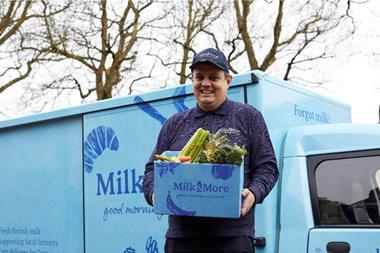



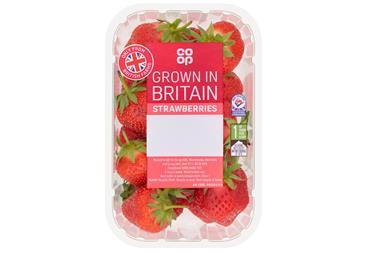

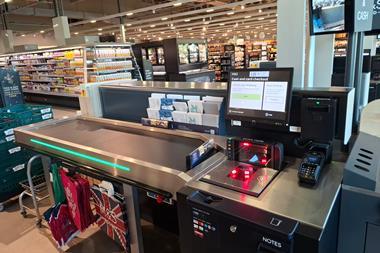
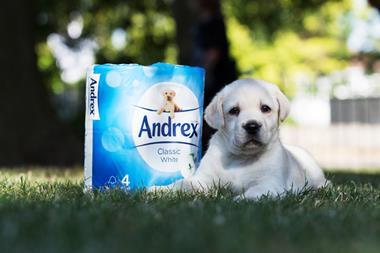
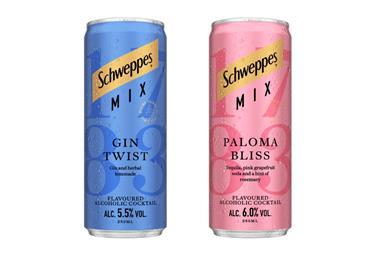
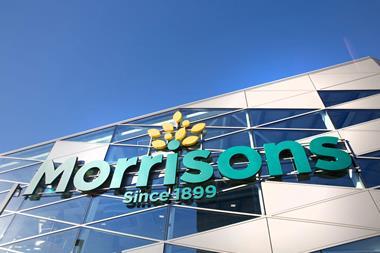

No comments yet